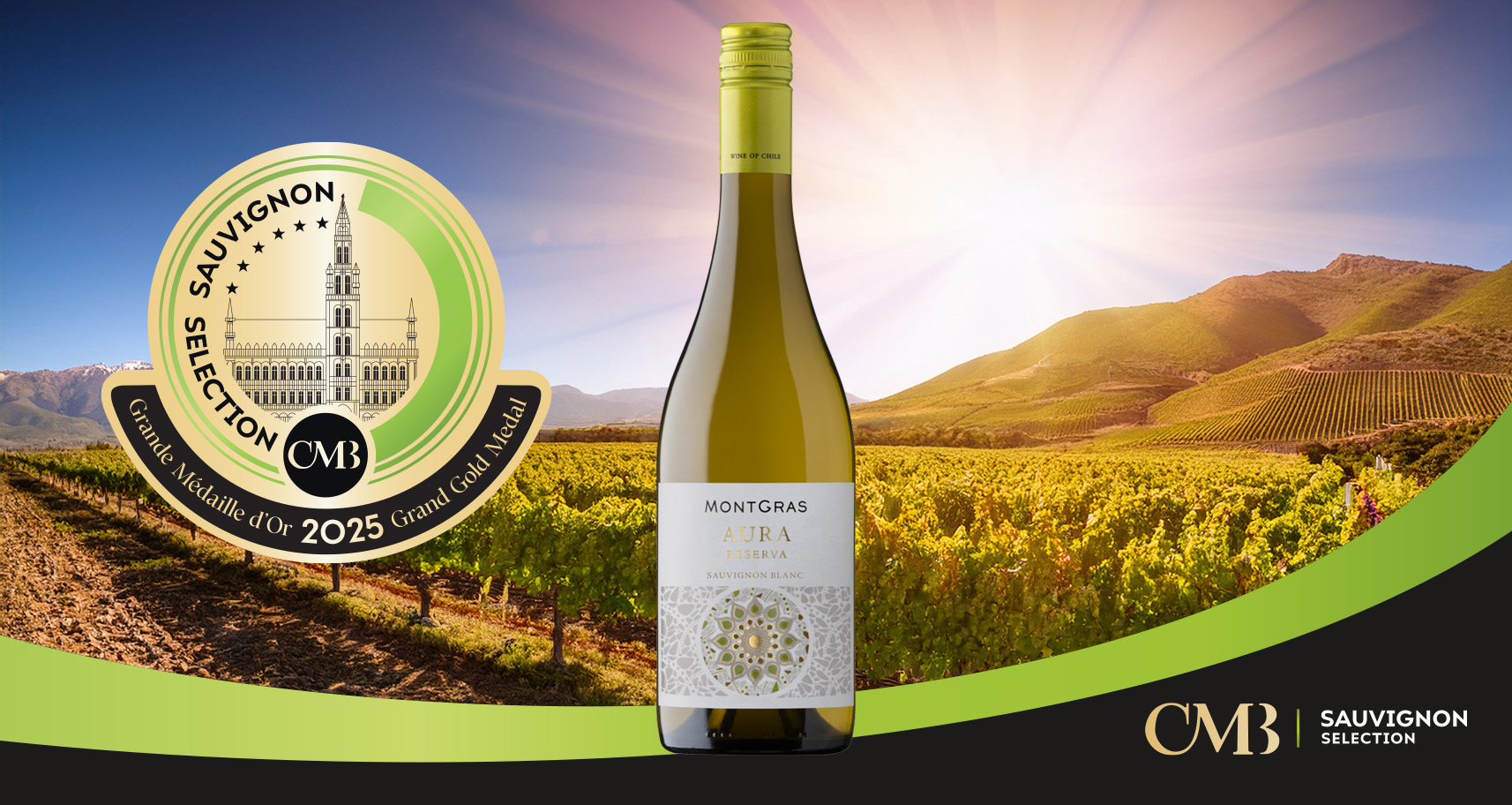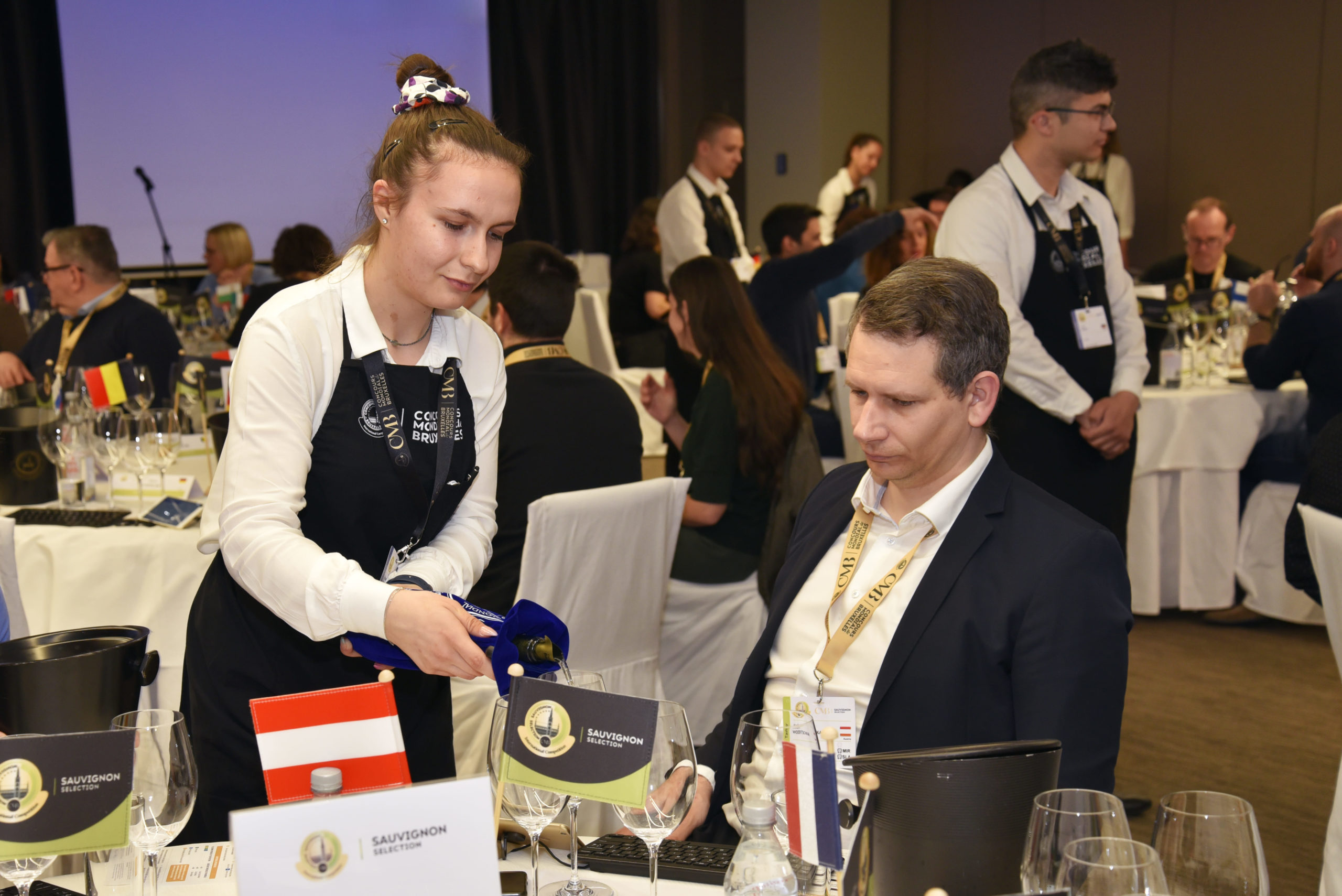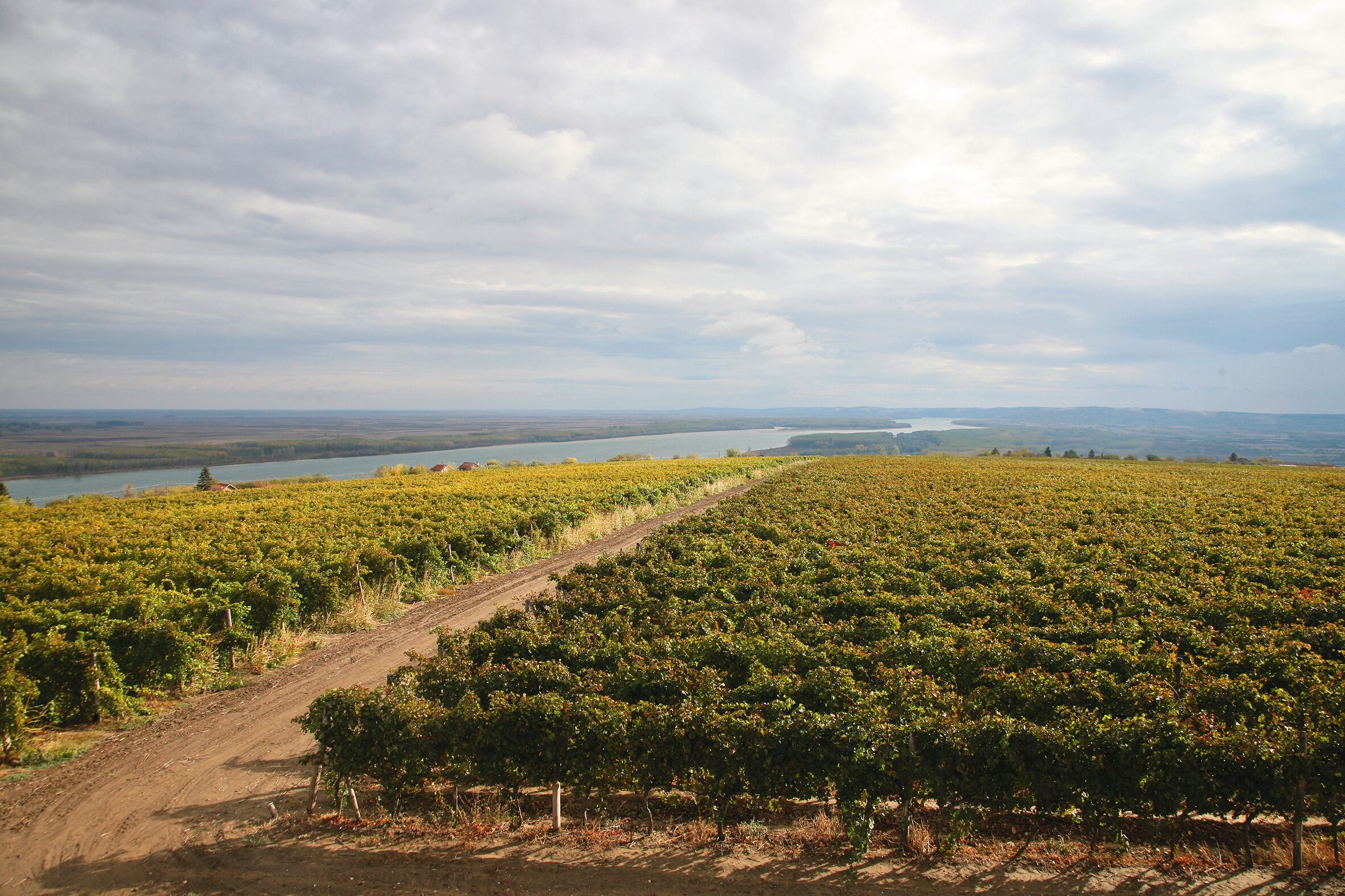How California provided the catalyst for Sauvignon blanc development in the New World
Unbeknownst to many, the history and evolution of American Sauvignon Blanc has played a key role in the development of the grape in the New World over the last fifty years. Although produced in many states, Sauvignon production is primarily focused within the warmer regions of California and the cooler regions of Oregon and Washington State. This ‘North vs South’ divide roughly parallels the stylistic tensions found between warmer climate Bordeaux and cooler climate Loire valley styles. Currently, California dominates output with at least 240 producers.
It seems odd to us now, but ‘Sauvignon Blanc’ didn’t really exist as an entity until the Californians invented ‘varietal’ labeling in the 1960s. Before then, wines were bottled as ‘generic’ styles (Chablis, White Burgundy, Claret, Port, Sherry) and Sauvignon was exclusively used to make sweet Californian ‘Sauternes.’ Although American consumers were drinking Bordeaux whites and Loire’s Sancerre and Pouilly Fume, there were no comparable dry Californian Sauvignon Blanc styles back then. And, as in France and elsewhere in the world, few knew the grape’s name—only the wine it made.
California invents Sauvignon Blanc
Robert Mondavi’s well-known story of how ‘Fume Blanc’ came to be and its subsequent evolution over the last 40 plus years maps out Sauvignon’s progress not only in California, but for most barrel influenced Sauvignon styles throughout the world.
“Robert Mondavi had a fondness for Sauvignon Blanc going back to his earliest days as winemaker for Charles Krug in the 1930s,” relates senior Mondavi winemaker, Richard Arnold. And so, when Mondavi established his first winery in Napa Valley at To Kalon in 1966 he planted a new Sauvignon vineyard (T Block) near a mature vineyard planted in 1945 (I Block). Currently America’s oldest Sauvignon Blanc vineyard, To Kalon’s I Block vines are thought to have come from a 1940s-era vineyard in Mendocino. Whether these are directly related to the first cuttings imported from Y’Quem in the 1880s by Charles Wetmore of Cresta Blanca remains unknown. Incidentally, these early cuttings became California’s standard FPS 01 clone which went on to populate most of California and all of New Zealand.
Based on Mondavi’s previous success with varietally labeled 100% Chardonnay and 100% Cabernet-Sauvignon, Mondavi’s next wine was a dry-styled, pure Sauvignon Blanc. Unexpectedly, this failed because most Americans disliked its herbaceous aromas and sharp acidity.
Rethinking the problem, Mondavi’s solution was to age stainless steel, tank fermented Sauvignon Blanc in oak, obscuring any herbal notes, while employing lees stirring to create a creamier mouthfeel. Brilliantly rebranded in 1968 as ‘Fume Blanc,’ alluding both to Pouilly Fume and oak derived char characters, the wine proved an instant success. Thereafter this crisper, fruit forward, Chardonnay-like, Sauvignon style became a template for Fume Blanc styles throughout both Americas, Australasia and South Africa, eventually filtering back to Europe and freshening up styles there as well.
Methodical trial and error drove Mondavi’s evolutionary process. Experimentation with barrel fermentation began in 1974 and became an increasingly larger component year by year. The 1980s established 100% barrel fermentation and higher percentages of new oak, more sophisticated use of lees aging and stirring (batonnage) and the introduction of whole bunch pressing.
The move toward terroir-driven styles
By the late 1990s styles were becoming too similar to Chardonnay. Subsequently, Semillon was added at 5-8% doses, twisting it towards Bordeaux. Freshness was increased through earlier SO2 additions to preserve fruit and new oak influence was backed off: down to 6% in Mondavi’s mainstream Napa Valley Fume and around 30% for their Reserve.
Paralleling what was happening in the winery, more sophisticated grape growing practices were improving fruit quality. Most importantly, was an overarching evolutionary trend toward more ‘terroir’ focused styles. Initially, Mondavi’s ‘Napa Valley’ Fume Blanc grapes came only from To Kalon vineyard. Increasing demand forced expansion to Oakville and Woppa Ranch vineyards. After Napa Valley’s appellation was defined in 1981 and sub-region Oakville was designated in 1995, two larger ‘regional’ Fume styles were bottled, with single vineyard reserve wines coming from To Kalon’s old ‘T Block’ and older still “I block.’ This move to ‘Village’ vs Premier’ vs Grand Cru designation is a common theme with other Californians as they learned their terroir differences over time.
Another important influence was California’s recent phylloxera crisis. Between 1960 and 1980 Californians planted vineyards on what was supposed to be a phylloxera resistant rootstock (AxRI). Unfortunately it wasn’t, eventually resulting in the uprooting of vast acreages. The upside is that Californians have replanted in more Sauvignon-friendly terroir with more suitable clones. That, in turn, has had a significant increase in both quality (aroma, flavor and structure) and distinct terroir specific characters. Additionally, some producers replanted with the local ‘Sauvignon Musque’ clone prized for its Muscat-like aromas and flavors, which resulted in shift in style.
There are of course many variations and themes to this now classic, warm climate, Fume style going on in Napa and the warmer parts of California. Generally speaking, these fume styles ripen off Sauvignon’s green herb and gooseberry/citrus characters and tart acidity into more fresh bean/pea and tree fruit characters with fuller, richer textures and softer acidity.
California beyond Fume
However, there are exceptions to this rule. Nearer to San Francisco Bay on the cooler, windy flats of Carneros or the more exposed, ocean/fog influenced, cooler still regions of Sonoma, Russian River, Anderson Valley, Santa Cruz crisper, lighter, fresher, more linear styles of pure fruit driven are more prevalent. To preserve and enhance these characters, oak and especially new oak, are often less important than stainless steel production. Counter-pointing ‘Fume’ these are specifically labeled as Sauvignon Blanc.
Other American Sauvignon Blanc styles
To find even more striking style differences, we must look to Oregon and Washington State far to the north where cooler climates are more akin to the Loire Valley.
Sitting along the 45th parallel, Oregon’s Willamette Valley was established in the 1960s to grow Pinot Noir specifically because its maritime influenced climate was decidedly cooler and wetter than California. Back in the 60s and 70s Sauvignon Blanc was widely planted to bring in badly needed cash flow through straight forward, drink now styles. As Pinot became more lucrative, Sauvignon Blanc vines were ripped out because they couldn’t deliver the higher prices Pinot Noir easily commands.
Sadly unrecognized for their true potential, the few remaining vines are producing Sauvignon along the lines of high quality Sancerre and Pouilly Fume. Sauvignon’s resurgence is driven by a handful of Willamette Valley producers who are focusing the same intense viticultural techniques they use on Pinot Noir (leaf plucking, shoot thinning, reduced yields, etc) to drive ripeness and concentration levels on a par with cru quality Loire wines. These are commanding premium prices which is encouraging new plantings. A second Sauvignon enclave is being established in slightly warmer, dryer regions in Southern Oregon which lean more toward riper, fuller, Californian fume styles.
Although further North and, logically, cooler, Washington’s interior regions are much dryer and hotter than Oregon’s climate. Cabernet, Syrah and Merlot are favored over Pinot Noir. Washington’s Cascade Mountains block rain coming in off the Pacific Ocean creating a high altitude desert. Altitude and its far North position create cold nights that are juxtaposed against an endlessly dry, sunny, growing season. Between this climatic influence, deep, infertile gravel and ample irrigation, Washington’s Sauvignon Styles are similar to those found in New Zealand’s North Island. Intense sun, diurnal temperatures and irrigation create vibrant fruit characters, green herb spiciness and high natural acidity. A key difference is that the extreme North’s gentle late season sun adds a degree of refinement not found elsewhere. Another common element is blending with portions of Semillon along similar lines to Bordeaux.
Yakima Valley and its various sub-regions tend to high volumes of well-made everyday wine, whereas Walla Walla tends toward smaller production, higher quality, artisan styles.
American Sauvignon tends to be consumed mainly in America, and is generally sold at higher prices so little is exported to other countries. In many ways, its local success has been the reason why it remains a mystery to much of the Sauvignon world.


